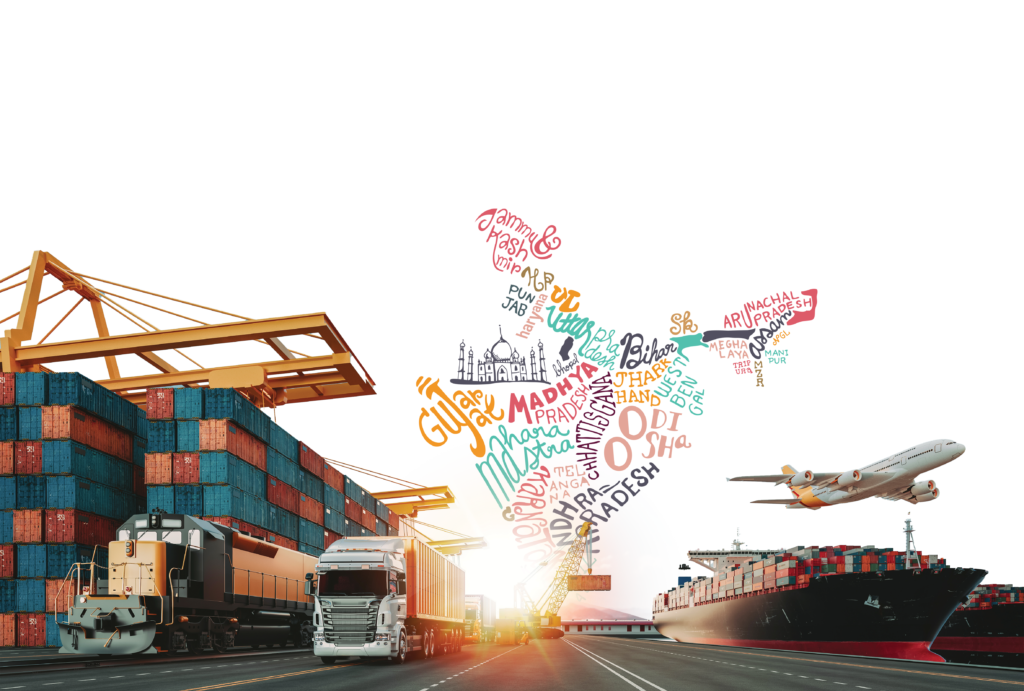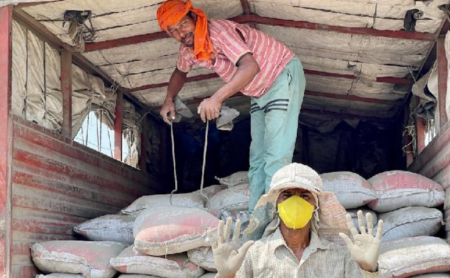
In today’s world, we often forget the incredible journey freight takes from farms, factories, and ports to stores and homes. But behind the scenes, India’s logistics system is going through a big transformation. This year’s special edition, “One Nation, Many Routes: India’s Path to Logistics Unity,” explores how different ways of moving cargo, by road, rail, air, and sea, are starting to work together more smoothly than ever before.
Picture this: a pack of mango pulp picked in Ratnagiri travels by tractor to a logistics park, shifts onto a freight train on the Western Dedicated Freight Corridor, then sails out of an upgraded Sagarmala port, finally reaching Dubai’s Bharat Mart by 2026. That’s not just a journey; it’s a glimpse into the future of multimodal logistics in India.
India is making strong progress. Our ports are growing faster than those in many other countries, handling more cargo every year. According to recent reports, cargo volumes are rising at 6.2% annually, and the government plans to increase capacity four times by 2047. The World Bank also improved India’s Logistics Performance Index rank from 54th in 2014 to 38th in 2023, showing real improvement.
A major reason behind this is the PM Gati Shakti Master Plan, which brings together 44 ministries and 36 states on one digital platform to build and connect infrastructure, like roads, railways, ports, airports, and logistics parks.
Across India, exciting changes are happening: inland waterways in Andhra Pradesh, new rail lines in Maharashtra, and modern warehouses in Tamil Nadu. These are all pieces of a larger plan to create a smarter, greener, and more reliable logistics system.
Turn the page to follow one cargo’s multimodal journey, learn what mix of transport works best, and discover how global best practices and tech are shaping India’s logistics future. This is logistics in harmony, and we’re just getting started.











